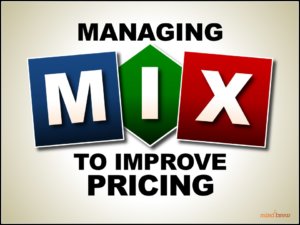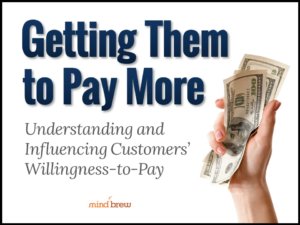The effect of sales strategy on pricing outcomes can be tremendous. A weak or poorly-defined strategy can lead to desperation discounts as customers fail to value your offerings as expected or intended. On the other hand, a well thought-out strategy can reduce pricing pressure and increase deal velocity.
So, it’s not surprising that an improved sales strategy can lead to more profitable pricing outcomes. In fact, some relatively small adjustments can improve pricing performance significantly—without ever touching the price-points themselves.
What is surprising, however, is just how many companies confuse having a sales process with having a sales strategy.
Simply put, a sales process answers just one question—“How?” This is an important question, to be sure. But in sharp contrast, a real sales strategy will answer four questions that are even more important when it comes to profitable pricing:
- Who? A real sales strategy will clearly identify and define which prospects should be pursued, and sometimes more important, which should not.
- What? It will highlight the specific offerings that should be proposed or presented to those target prospects.
- Why? It will highlight the value propositions and sales messages that should be leveraged when talking about the offerings with those prospects.
- When? It will define when the prospect should be engaged and when certain messages and propositions should be offered in the buying cycle.
If these things aren’t present and clearly defined, guess what? You don’t have a sales strategy. Not really. And without a clearly defined sales strategy, your pricing performance and your margins are sure to suffer.













